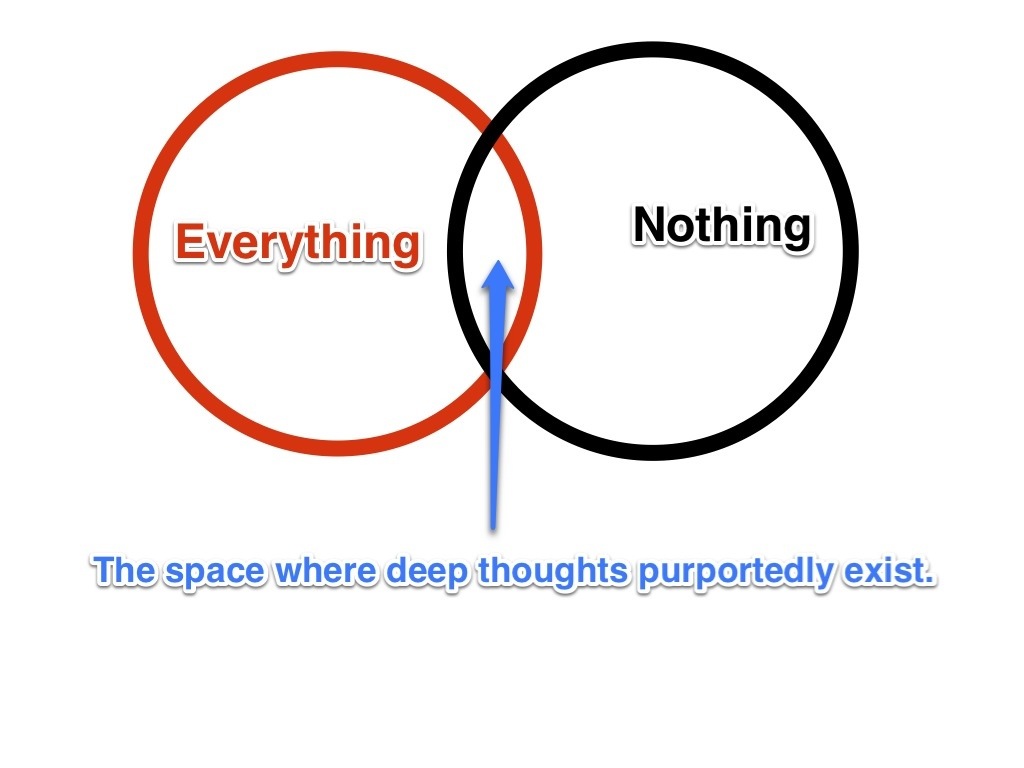This Speaks For Itself
The Customer Is Always Right
Last week, I was looking around for the old “definition” of stress, to share with a colleague who hadn’t heard it. In the process, I found this other humorous saying, about which I had long forgotten: “Poor Planning on Your Part Does Not Automatically Constitute An Emergency On Our Part”. I chuckled, much as I probably had when I first saw it in someone’s office years ago.
Then I woke up a little and remembered what I do for a living.
As a consultant, this little truism is utterly untrue. Often, much of the reason we exist is to help clients through emergencies. On at least a few occasions, those emergencies are the result of poor planning on the part of the client.
This does sometimes create dilemmas. The truth embedded in this saying is part of human nature: dealing with problems you never anticipated and for which you may feel like you don’t have the time is not always going to generate sympathy. Most of us have been in this position, personally if not professionally, and our reaction has surely been: “Ugh!” Depending on who is asking for help, it may be an emotional dilemma or just a practical one.
For a consultant, there are often opportunities in a crisis. There may be a momentary pause while trying to assess the nature and degree of the emergency and how rapidly everything else must be dropped. The opportunity, however, is more than just a matter of new fees. Helping a client in an emergency can generate goodwill from the people being helped, and that can sustain a consulting relationship over time. Sometimes–and much to people’s surprise–a crisis can also be a moment that draws out the best or most creative thinking, revealing new ideas or insights with long-term value.
It all leads to another saying: “The customer is always right.” And it is a good reminder that these little truisms are often as much about how we think and act as they are about how we feel. Don’t deny frustrations–but don’t necessarily express them to the client, either. Instead, find ways to channel them, and to separate the irritation of the immediate moment from the opportunity and the need.
Hey, someone needs your help. Whatever the reason, if you’re a consultant that has to be a good sign.
Negatory
As a consultant, giving what amounts to negative feedback is part of the job; likewise for being a manager. After all, if clients were doing everything right in the first place, the value of consultants would drop significantly. For employees, the need to keep growing does not stop, even once someone feels as if they have reached the limits of a particular job.
But how this feedback is framed and presented is critically important–as is a good psychological understanding of your client or, as a manager, of the person working for you.
Roughly speaking, there are two kinds of people: those who respond best to criticism framed as encouragement, and those who respond best to criticism framed as critique. Sometimes there is the need for cross-over, a reason to frame the harshest critique in the nicest light, or a reason (if all the polite encouragement hasn’t had an impact) to tackle that criticism head-on.
Often, the biggest failure in providing criticism is a failure of specificity. Most people do not like being told they’re not doing well–even if they might ultimately agree with the assessment–if there are not enough specifics to back up the critique.
How, then, do you handle these situations?
Treat each situation as if it is both a court of law and a psychiatrist’s office. Come prepared to talk to someone with the proper understanding of their nature; be ready to layer on details and ask questions that point towards your answers; be prepared to present your case with facts if subtler messages are not working.
And be prepared for pushback and the existence of an alternate reality. There is almost always another way of looking at things, and sometimes it is even the right way.
Mission, Vision, Values, and…
For years–decades, even–the triumvirate of “mission, vision, values” has reigned as the core of strategic planning for non-profits. Putting a plan together often meant starting with those three elements and then endlessly word-smithing them into the appropriate degree of institution-speak.
But it is time for a change, especially for organizations focused on the arts and culture.
What is missing is an articulation of “service”: how an organization will activate those three other elements–mission, vision, and values–and make good on its ability to serve its audiences.
As a society, we are long past the point where audiences see themselves as mere consumers of cultural offerings provided by others. Today’s audiences are participants, with a stronger role in creating and validating the programs they choose, beyond simply purchasing tickets for them. Moreover, audiences increasingly gravitate towards those institutions, programs, and activities that welcome their new modes of engagement and that offer greatest flexibility around how they choose to engage. Those points of engagement may be driven by technology, but are not necessarily; technology is only a tool to support an organization’s customer service, not a replacement for good service itself.
In an age in which there are a million and one distractions beeping in a person’s pocket, and another million distractions prepared to offer you free or low-cost entertainment right from the comfort of your couch, it is no longer enough to think that organizations can reserve “service” areas as something to be addressed tactically, programatically. Any (arts) organization that wants to maintain or grow its audience needs to start thinking at the highest levels about its customer service experience. The organization must be prepared to speak to its goals, strategies, and tactics from the perspective of those customers–no longer just from the perspective of the organization’s presumptive mission, vision, and values.




